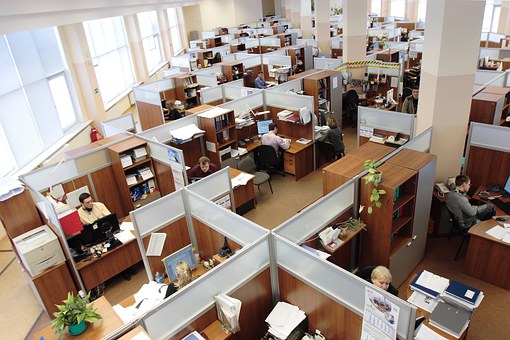
Worldwide, workplaces are a major source of carbon emissions. Changing our behavior “at work” has the capacity for large carbon savings. We spend a great deal of our day at work, so it makes sense for us to carry over our energy efficiency and conservation practices from our homes to our worksites.
Here are some things you can do individually that can make a big difference.
Remember, small actions, big results!
Equipment
- Turn off equipment when not in use. One of the smartest ways to save energy is to turn off your computers, printers, monitors and any other office equipment when not in use, especially overnight and on weekends.
- Encourage co-workers to turn off their equipment.
- Give your computer a nap: set computers to go to sleep when not in use. Creating short energy breaks can cut energy use by up to 70 percent.
- Use smaller monitors: You can reduce your monitor’s consumption by up to 30% by using a 2-inch smaller monitor.
- Use a laptop computer whenever possible. In addition to offering greater portability, laptop computers use 80 percent less energy than standard desktop machines.
Lighting
- Turn off all the office and building lights at the end of the day to get big energy savings.
- Remind others to turn out the lights when they leave.
- While maintaining safe lighting conditions for work areas, remove lamps/bulbs where you have more lighting than you really need.
- Use task lighting instead of overhead lighting, and light only those areas that are needed at the time.
- Take advantage of natural lighting. Use natural daytime light instead of electrical lighting. Adjust lighting to your actual needs; use natural “daylight” during the day.
- Turn off lights in unused rooms – the storage closet does not need to be lit all day and the copy room does not need to be lit as brightly as your desk space. One of the easiest ways to reduce your office’s energy consumption is by switching off lights in rarely-used rooms and spaces.
Paper & Printing
- Go paperless whenever possible. Email memos rather than printing them.
- If you need to print, print on two sides of the paper
- Use recycled paper. Recycle the paper you use.
- Avoid color printing when possible.
- Conserve ink by printing in draft mode when possible.
- Store documents, manuals and other policies online rather than printing.
- Reduce margins on documents so your printer uses less paper.